-
•
•
22 responses
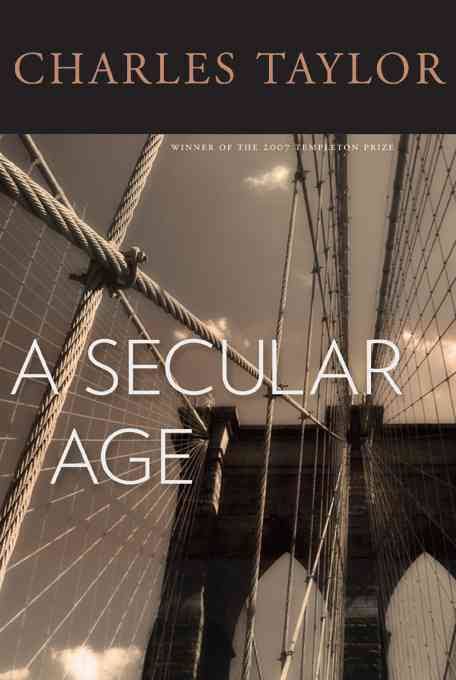
(Links to Rounds 1 and 2) These next several posts will cover chapters in Parts I-III, which comprise Taylor’s account of the western historical trajectory towards secularity, from the enchanted world of 1500 AD to the disenchanted and pluralistic one of 2000 AD. Overall, Taylor’s historical account challenges the “subtraction” stories that explain the road to modernity as one in which human beings have “lost, or sloughed off, or liberated themselves from certain earlier, confining horizons, or illusions, or limitations of knowledge” [1]. According to Taylor, this naive and selective view fails to account for the “positive” developments and changes in… Read More
-
•
•
14 responses
I was a radical feminist for about 48 hours in 1995. Sitting in the Marriott Center as a 20-year-old BYU student, I listened to President Hinckley read the Proclamation on the Family for the first time to the assembled masses. And oh how I seethed! It felt intolerable to be defined from outside, to be told who I am and why and what that meant. I remember walking directly to the library afterward, sitting at a carrel and furiously scribbling my objections on the back cover of the packet of readings for my feminist literary theory seminar. Gender was a social construct!… Read More
-
•
•
91 responses
After a turbulent six months, many were expecting some bold declarations at this weekend’s General Conference. That did not come to pass. Just a few weeks ago, Elder Ballard directed CES teachers to stop teaching folklore, stop evading tough questions from students, and start reading publications by faithful LDS scholars. In his Saturday afternoon Conference talk, Elder Ballard talked about … family councils. Late last year, President Nelson announced that what has become known as “the Exclusion Policy” was not a policy, it was a revelation and is here to stay. In his Priesthood session talk, President Nelson talked about… Read More
-
•
•
25 responses
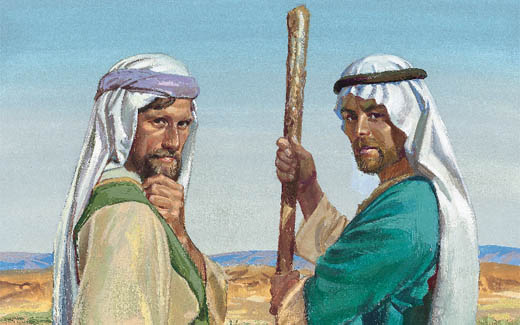
I very much enjoyed Elder Renlund’s comments on entitlement. First, because he made clear one of the reasons why we should be very conscientious about how we give help. It affects the receiver’s spiritual progression. Second, the King Benjamin-esque tie-in to all of us who, like any Church welfare recipient, are beggars before God. Lastly, because while he laid into bad attitudes, whining, and murmuring, his central story was about someone missing the sacrament. A story whose happy ending relied upon a saint telling the Branch President, one hopes charitably, that a priesthood holder, a deacon in this case, made… Read More
-
•
•
4 responses
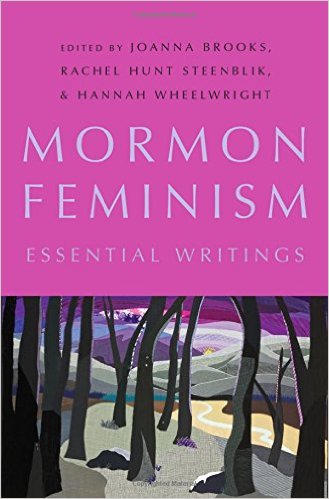
I enjoyed reading Mormon Feminism: Essential Writings (OUP, 2016), a 300-page collection of articles and essays on Mormon feminism spanning the 1970s to the present. That I enjoyed it says a lot, as feminism isn’t really my thing. The editors (Joanna Brooks, Rachel Hunt Steenblik, and Hannah Wheelwright) did a great job not only selecting the articles and essays to include in the volume but also paring down the size of the excerpts of longer articles so more pieces could be included in the volume. They also penned very helpful introductions to each piece. Consequently, a reader like myself who… Read More
-
•
•
10 responses

This guest post was written by Lauren Baldwin, based on the paper she presented at the recent Association for Mormon Letters conference. Lauren is a professional writing student at BYU-I. After the 2012 mission age change, she was part of the first group of nineteen-year-old sister missionaries to serve in the Kentucky Louisville Mission. She works in technical communication and sometimes writes creative non-fiction on rainy days. Read More
-
•
•
4 responses
Former T&S blogger (and permanent T&S friend) Jim Faulconer and philosopher Marc Wrathall, currently at UC Riverside, are co-sponsoring a free conference on the character of religious existence, with particular emphasis on the experience of the sacred and the temporality of religious practice. The one-day even will take place on April 14 at Christ Church, Oxford. The event is free of charge, but registration is required. To register, please write to Britni Exton: [email protected] It looks like an impressive slate of speakers. Plus, Oxford! Please spread the word to interested friends and acquaintances in the UK. Browse the program below: Read More
-
•
•
7 responses
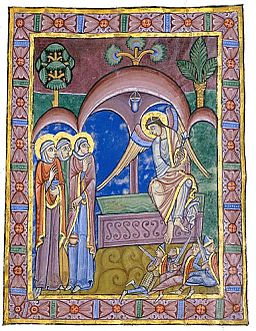
I’ve been studying the Gospel of Mark on and off for my entire adult life. Read More
-
•
•
51 responses
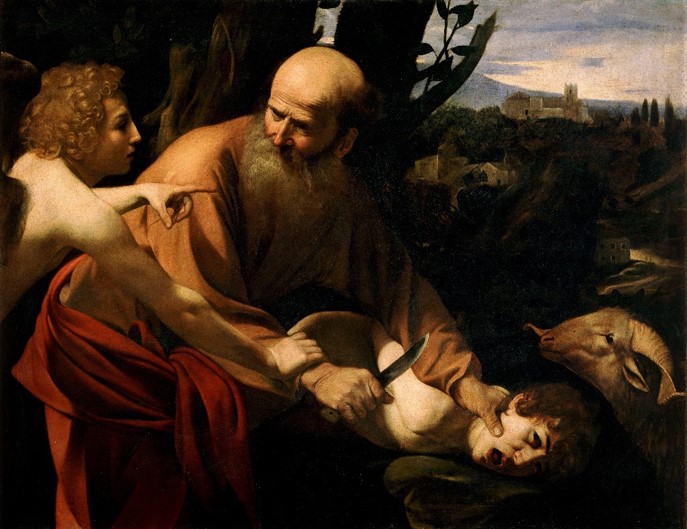
At the moment I am teaching a course on ‘Religion and Violence’ for Leiden University in the Netherlands. The topic is all too obvious these days, especially after the last brutal terrorist attacks in Brussels. As a text we use Karen Armstrong’s Fields of Blood. Religion and the History of Violence, a book in which she in fact defends the right of existence of religion as such, a defence which is called for indeed. All through the western world, religion sits in the dock, accused of instigating violence, and by increasing popular consent is found guilty as charged. Would the… Read More
-
•
•
28 responses
In October 2014, Elder Ballard delivered his “Stay in the Boat” talk at General Conference, highlighting “faith crisis” as an emerging problem for members of the Church and likening it to white-water rapids. In October 2015, he followed up with “God Is at the Helm,” extending his metaphor and providing sage advice for how to stay in the Old Ship Zion. Most recently, he delivered a talk to CES religious educators on February 26, 2016, now posted at LDS.org under the rather bland title “The Opportunities and Responsibilities of CES Teachers in the 21st Century.” I think he should have… Read More
-
•
•
One response
This past Sunday, we covered chapter 6 of the Howard W. Hunter manual titled “The Atonement and Resurrection of Jesus Christ.” The lesson quotes President Hunter as saying that the Atonement “was an act of love by our Heavenly Father to permit his Only Begotten to make an atoning sacrifice. And it was a supreme act of love by his beloved Son to carry out the Atonement.” We lingered on this section for a while, which prompted me to comment. I recalled how I had been asked before, “What does the Atonement mean to you personally?” (Or something along those… Read More
-
•
•
39 responses
(Link to Round 1) This post revisits the theme of fullness from Taylor’s introduction that I mentioned briefly in the last post. In the universal quest for the “good life”—the telos that determines what makes life valuable and what is the normative way to live— Taylor distinguishes the believer and the unbeliever by where they locate this fullness (the transcendent or the immanent frame), and what fullness entails (transformation or flourishing). What does Taylor mean by “transformation” and “flourishing”? In short, flourishing is the perfection or fulfillment of our “human material” (i.e. sexual fulfillment, security and success, health and prosperity, etc.), while transformation… Read More
-
•
•
62 responses
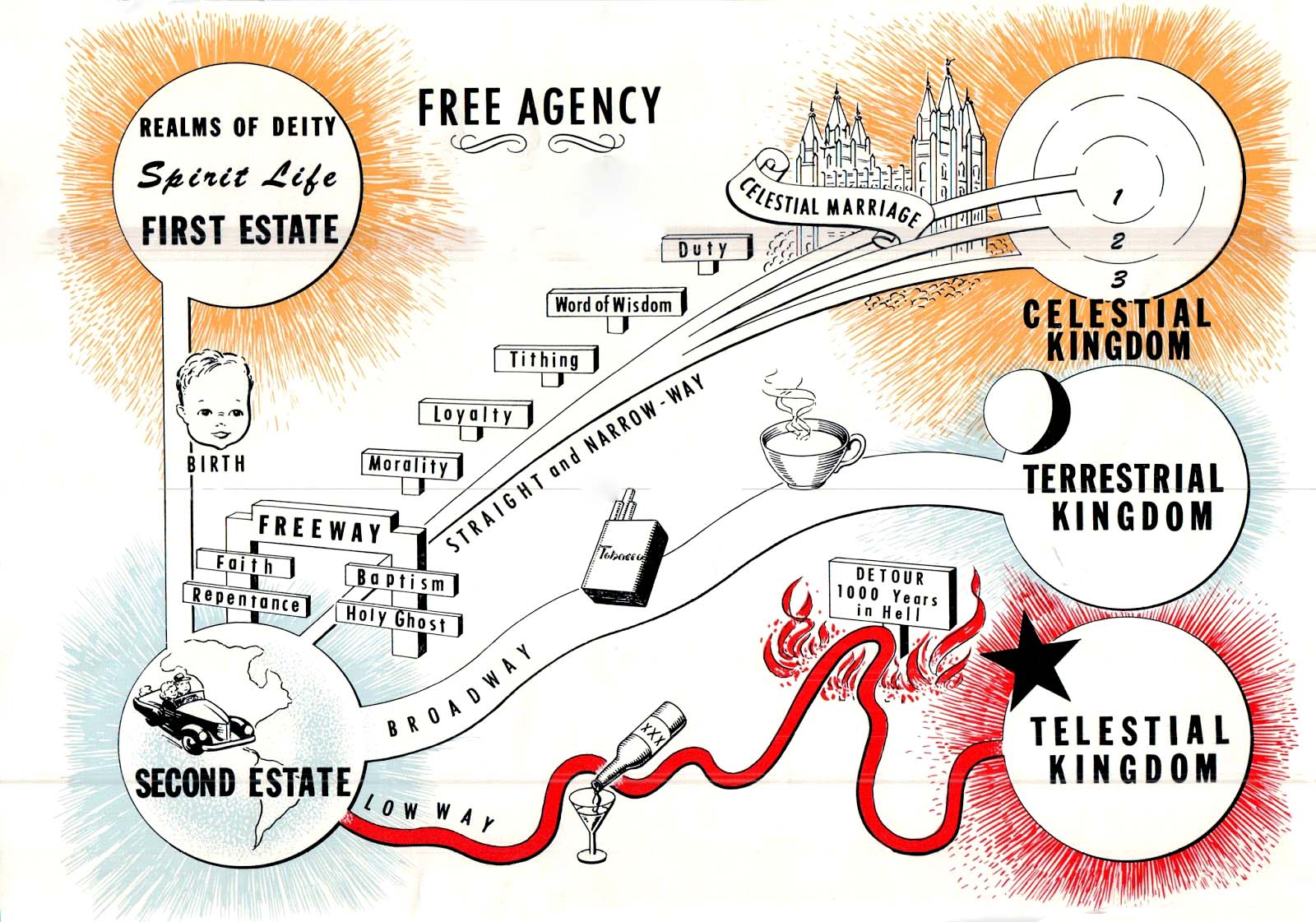
Elder Ballard recently spoke to seminary and institute teachers in what I expect will be regarded as a landmark address. Read More
-
•
•
12 responses
Without much fanfare, Utah has emerged as a per-capita standout in distance running. For a state with a population just under 3 million, Utah regularly produces strong teams and individual runners at the NXN and Footlocker national cross country championships at the high school level, competitive collegians, and a surprising number of postcollegiate standouts. This isn’t entirely surprising: if you give 3 million people the chance to live and train at altitude year-round, good things can happen. Read More
-
•
•
97 responses

D & C 1:38 is frequently proof-texted in common Mormon usage. Read More
-
•
•
39 responses

I finished Charles Taylor’s monumental A Secular Age last summer, and it was one of those books that you finish reading and the world feels like an entirely different place. In this book, Taylor examines not only the emergence of Western secularism, but the experience of living in it. His project is phenomenological as much as it is genealogical; tracing the winding paths and new terrain that deposited us in this creedally pluralistic society, while also examining the pathos, the uncertainty, the limitations and fruits of navigating our way through the midst of many plausible alternatives of how to believe and how to… Read More
-
•
•
2 responses

I’m pleased to introduce Rachael Givens Johnson as a guest blogger here at Times And Seasons. Rachael will be doing a series of posts on Charles Taylor’s A Secular Age. Rachael is a PhD candidate in the history department of the University of Virginia. She studies Baroque Catholicism in the Iberian Enlightenment and is writing a dissertation on how marginal social groups preserved corporeal, communal religious practices. She’s blogged at Peculiar People and Juvenile Instructor, and lives in Charlottesville with her hubs, Bryce, and their two cats until archival research takes them to fun and exotic places (gods of the… Read More
-
•
•
42 responses
A chatty post at the This Week in Mormons site, “Americanisms in a Global Mormon Church,” recounts a few of those Americanisms: Scouting, patriotic music in the LDS hymnal, women wearing (or not) pants to church. At a deeper level, the LDS Church has self-consciously embedded itself in the American myth. Consider “The Divinely Inspired Constitution” by Elder Oaks (1992) or “The Constitution: A Glorious Standard” by Elder Benson (1976). The notion that only in the USA could the gospel of Jesus Christ have possibly been restored is part of the Restoration story. Few American Saints really notice the extent… Read More
-
•
•
12 responses
Today I am pleased to present the third and final part of our interview with Tod Harris, manager of scripture translation support for the LDS Church. In Part 1, Tod walked us through the stages of producing a new edition of LDS scriptures in a target language. In Part 2, he discussed the value of ambiguity and literal readings in scripture translation. Today, he talks about the close kinship between LDS scripture translation and translation of the Qur’an, the profound influence of a midcentury evangelical missionary on contemporary Bible translation, and a key memo from the First Presidency and Quorum of… Read More
-
•
•
3 responses
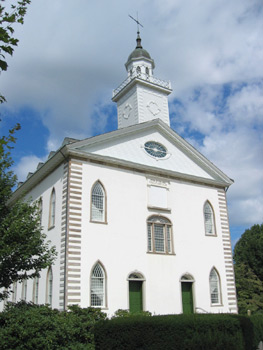
One of Joseph Smith’s earliest impulses was to build temples. Just 5 months after the Church’s organization, September 1830, Smith sent a delegation to the west to the Lamanites, but also, according to the delegation’s leader Oliver Cowdery, “to rear up a pillar as a witness where the Temple of God shall be built, in the glorious New-Jerusalem.” This was an unusual quest in a world of cathedrals, basilicas, chapels, and synagogues. “During the course of his life,” wrote Richard Bushman, “[Joseph Smith] never built a standard meetinghouse, even in Nauvoo, where the Mormon population exceeded 10,000.” Smith’s singular temple… Read More
-
•
•
4 responses
I love the many ways the church has recently bucked anti-refugee sentiment and worked to help refugees. See here, here, here, here, here, and now here. Read More
-
•
•
9 responses
Today I am pleased to present Part II of our interview with Tod Harris (the third great-grandson of Martin Harris!), manager of scripture translation support for the LDS Church. In Part 1, Tod walked us through the stages of producing a new edition of LDS scriptures in a target language. Today, he discusses the value of ambiguity as a feature, not a bug, in scripture translation, the role of the translation process itself in planting new LDS communities around the world, and the priority of literal readings in scripture translation. 5. How do you handle ambiguity in the English… Read More
-
•
•
9 responses

Once upon a time, the topic of inoculation was all the rage in the Bloggernacle. Too late for that now; the epidemic is upon us and its primary symptom, doubt, has become a standard feature of LDS discourse. The latest discussion is Patrick Mason’s new book Planted: Belief and Belonging in an Age of Doubt, co-published by the Maxwell Institute and Deseret Book. I haven’t had a chance to read it yet, so instead I’m going to point you to Boyd Peterson’s post “What To Do If Someone You Know Is Going Through A Faith Crisis.” Read More
-
•
•
16 responses
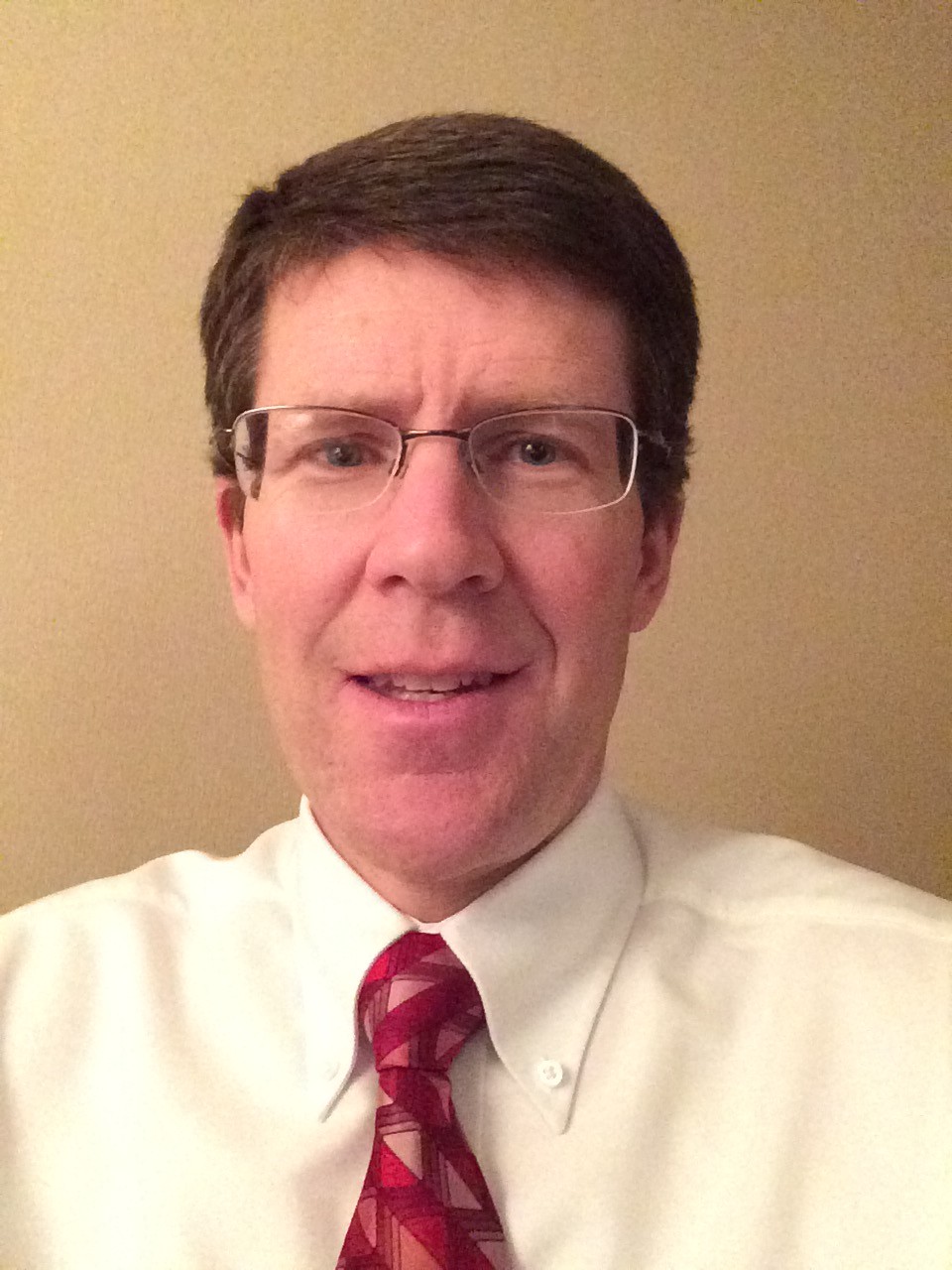
Last November I met Tod Harris at the AAR-SBL conference and immediately began pestering him with questions about his linguistics work in the Church’s Translation Department. He graciously agreed to be interviewed for the blog, and today I am very pleased to share the first part of his peek into the complexities of the Church’s extensive translation work. Second and third installments are available now. Tod Harris currently serves as manager of scripture translation support for the LDS Church. Tod has been working in Church translation since 1986. He has a degree from BYU in German Literature and a master’s from Cal State Dominguez Hills… Read More
-
•
•
12 responses
Yes indeed. Here it is: https://www.lds.org/blog/ Read More
-
•
•
2 responses
We are accepting application for the second annual BYU New Testament Commentary Series Summer Seminar, to be held for the four weeks of July 5 to July 29, 2016, on BYU Campus, Provo, Utah. The deadline for applications is March 31, 2016. The seminar is open to graduate students and recent PhDs who have research interests in Latter-day Saint readings of the New Testament. Read More
-
•
•
23 responses
Having covered the general topic in my earlier post, I’m going to pull a few additional topics from a book by Jesuit scholar Gerald O’Collins: Christology: A Biblical, Historical, and Systematic Study of Jesus (OUP, 2d ed., 2009). As a Mormon writing for a largely Mormon set of readers, I’m naturally drawn to topics that complement or contrast with LDS Christological views. Read More
-
•
•
13 responses
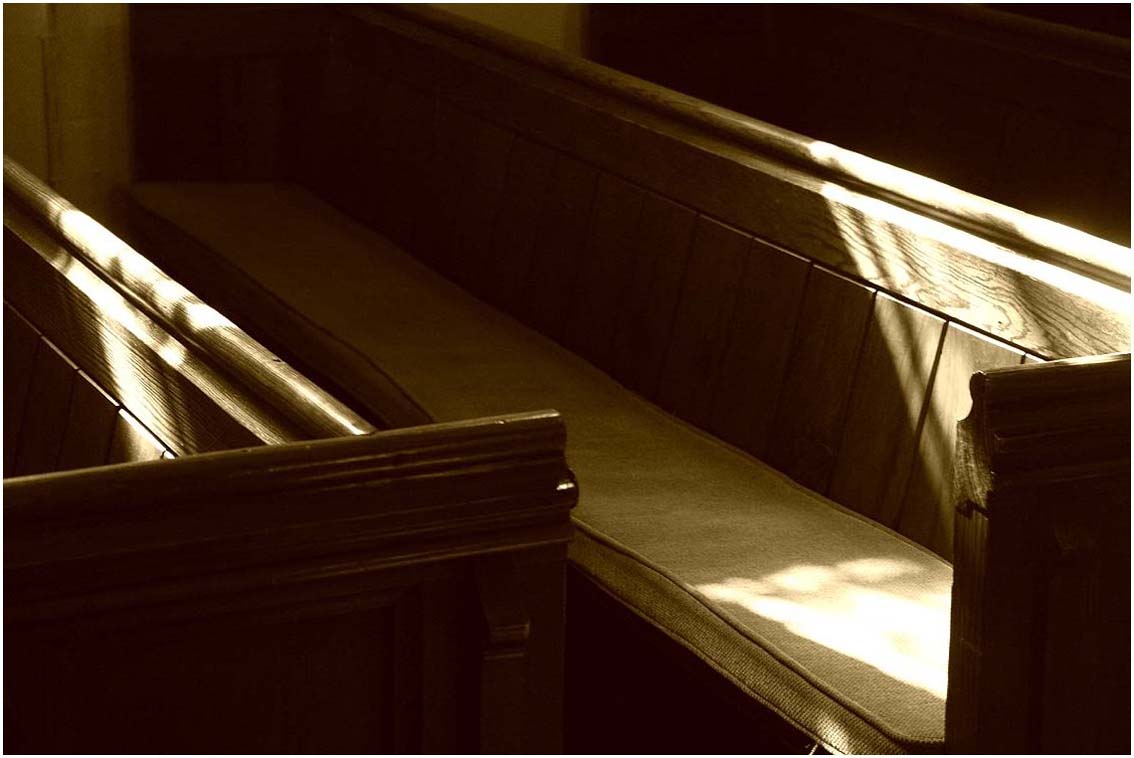
During Sunday’s church meeting, a man stood at the pulpit and bore a forceful testimony. Citing Moroni’s closing exhortation to “deny not [God’s] power,” he testified of the reality of miracles unlocked by wholehearted faith and willing belief. “Doubt and skepticism are fashionable in today’s world,” he said, and conceded that these might play a legitimate if limited role for some. But spiritual enlargement and sanctification come to those who “deny not” the power of God but instead affirm it with positive belief. His testimony was not unlike dozens of other testimonies offered from that same pulpit. But this one was… Read More

